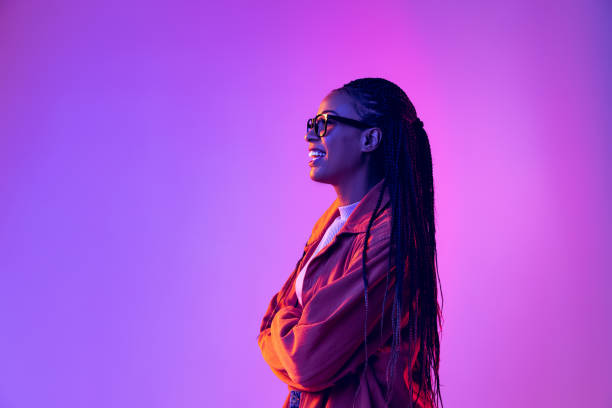The advent of the digital age has revolutionized many industries, and fashion is no exception. The integration of technology into the fashion world has given rise to new innovations such as virtual runways, digital designs, and online marketing strategies that have transformed the way we perceive and consume fashion.
Virtual runways are a prime example of this shift. In response to global events such as the COVID-19 pandemic, designers have taken their collections from physical stages to virtual platforms. Using advanced 3D modeling techniques, augmented reality (AR), and virtual reality (VR), they create immersive experiences that allow viewers from all over the world to witness their creations in real-time without leaving their homes. This not only democratizes access but also allows for greater creativity in presentation styles.
Beyond just viewing collections virtually, consumers now also have the opportunity to try on clothes digitally before making a purchase. Apps with AR capabilities can project outfits onto users’ bodies, allowing them to see how clothes would look on them without physically trying them on – a feature especially useful in an era where online shopping is prevalent.
Furthermore, digital technology has provided designers with innovative tools for creation itself. Designers can use software programs that simulate different fabrics and cuts, enabling them to experiment with designs in ways previously unimaginable. These technologies also facilitate sustainable practices by reducing waste generated during prototyping phases.
Social media platforms play an integral role too; they serve as powerful marketing tools for brands big and small. Through these platforms, designers can engage directly with their audience – showcasing new collections or behind-the-scenes processes – fostering closer relationships between creators and consumers.
Fashion influencers have become significant players within this field due largely to social media’s impact; they shape trends through personal style posts or brand collaborations reaching millions worldwide instantly—an influence traditional advertising could never achieve so quickly or organically.
Additionally, blockchain technology’s emergence offers exciting possibilities like tracking product origin—ensuring authenticity—and creating ‘smart contracts’ that could streamline transactions within the industry.
However, this digital shift also brings challenges. The fast-paced nature of online trends can create pressure for constant innovation, potentially leading to overproduction and contributing to fashion’s sustainability problem. Moreover, while technology offers new opportunities for creativity, it may also homogenize styles as designers worldwide have access to the same digital tools.
Nevertheless, the fusion of fashion and technology is an exciting development that shows no sign of slowing down. As we move further into the digital age, one thing is clear: from virtual runways to AR fitting rooms and beyond—the future of fashion is undoubtedly here.



